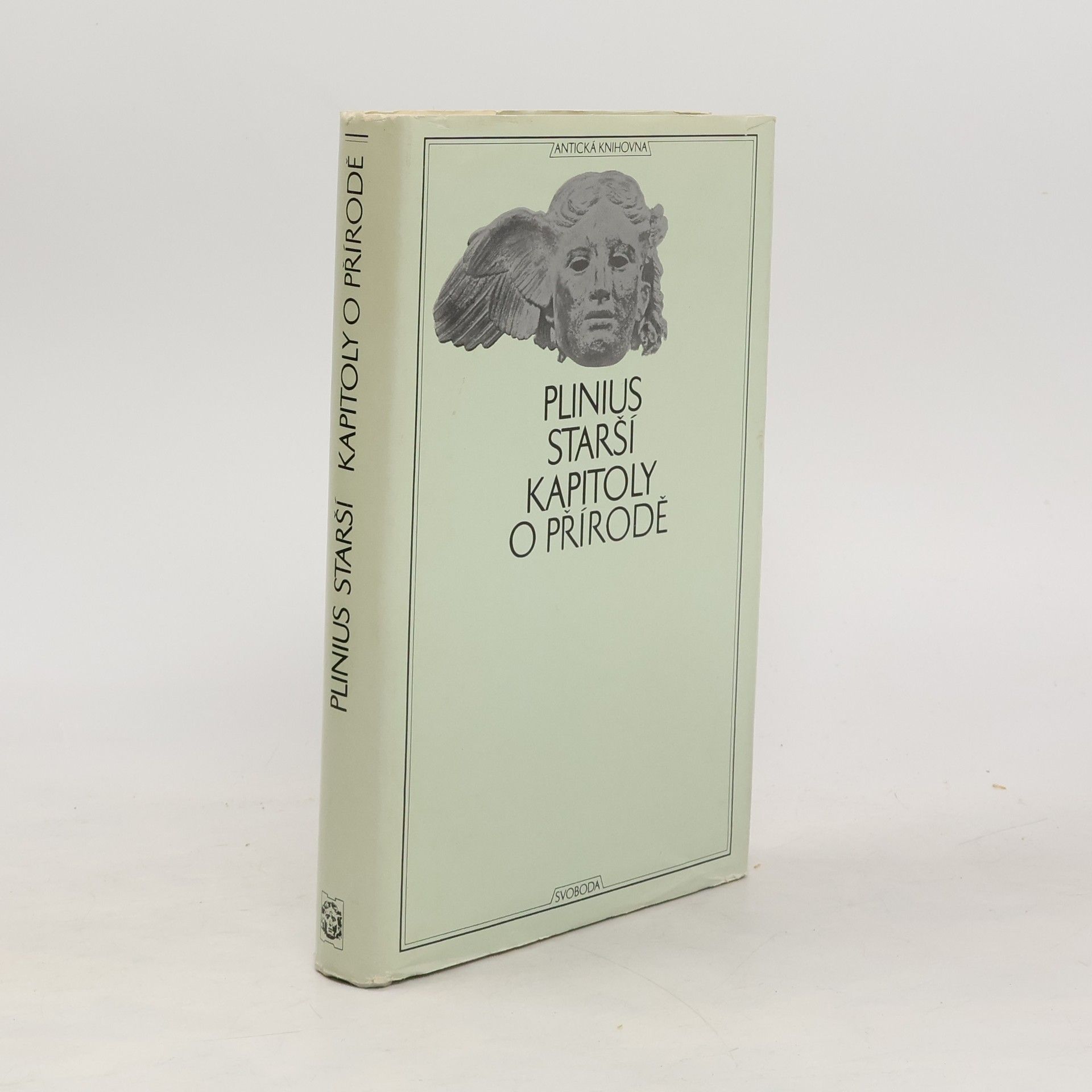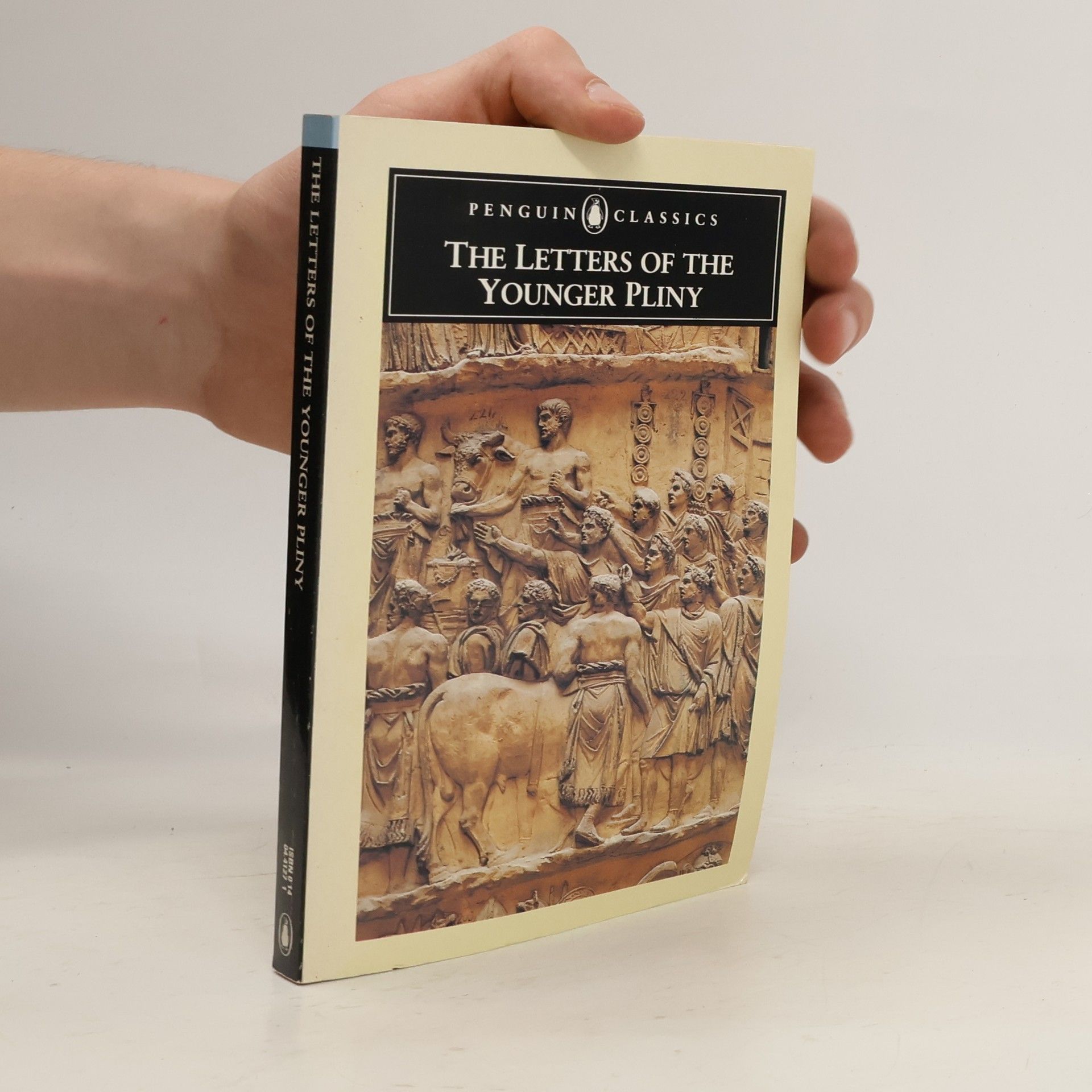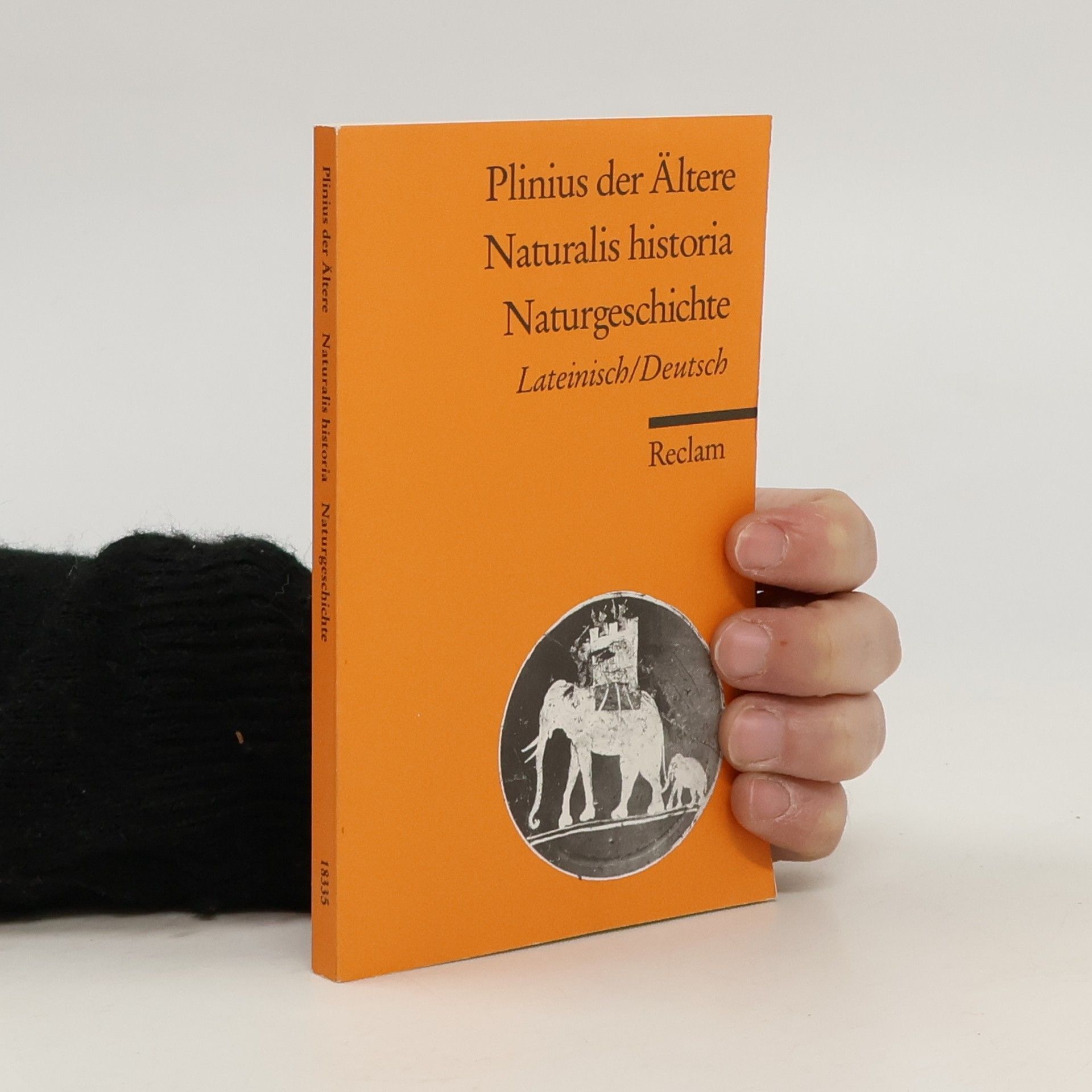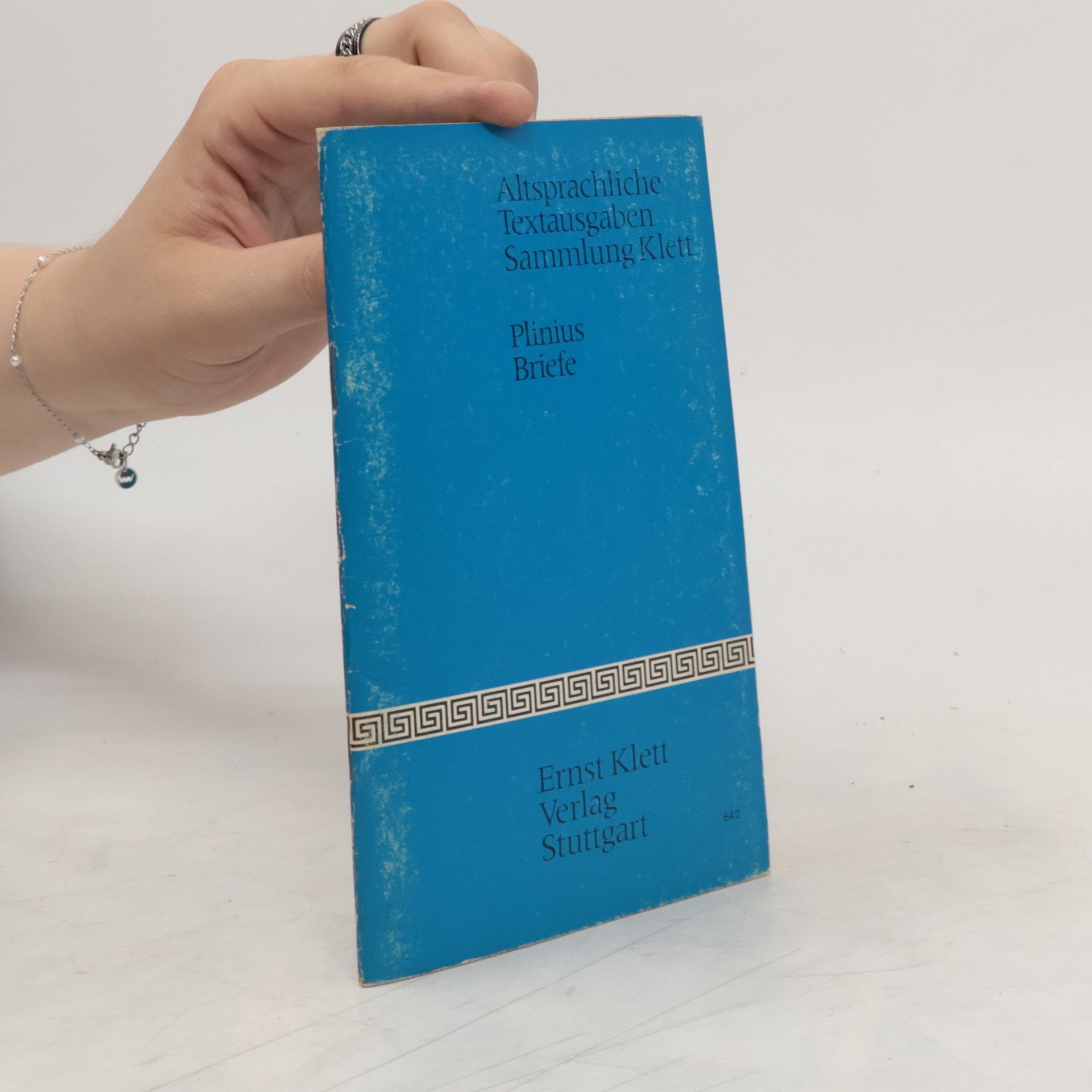Natural History III. Books VIII-XI
Loeb Classical Library 353
Pliny the Elder (23 79 CE) produced in his Natural History a vast compendium of Roman knowledge. Topics included are the mathematics and metrology of the universe; world geography and ethnography; human anthropology and physiology; zoology; botany, agriculture, and horticulture; medicine; minerals, fine arts, and gemstones.








